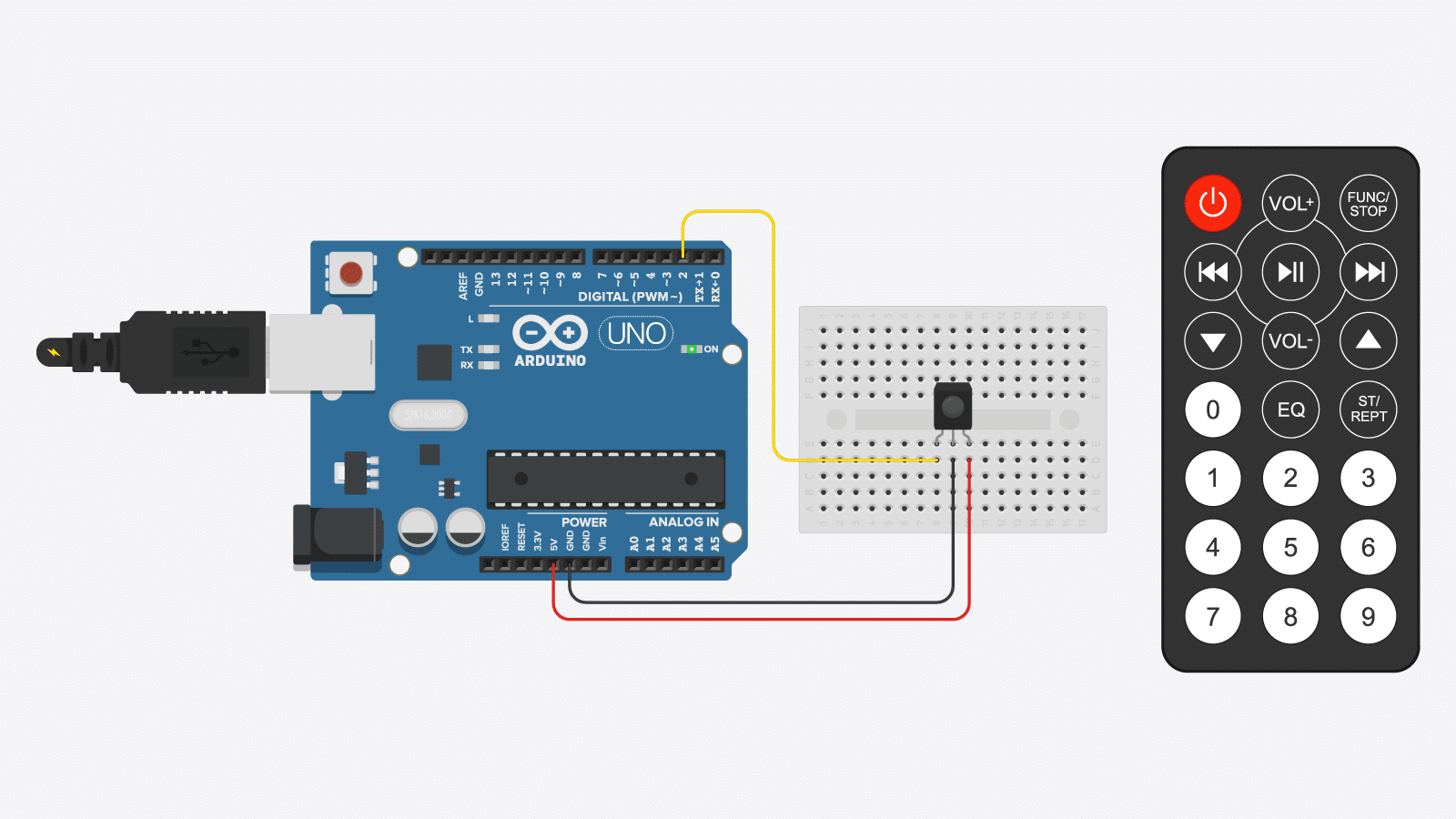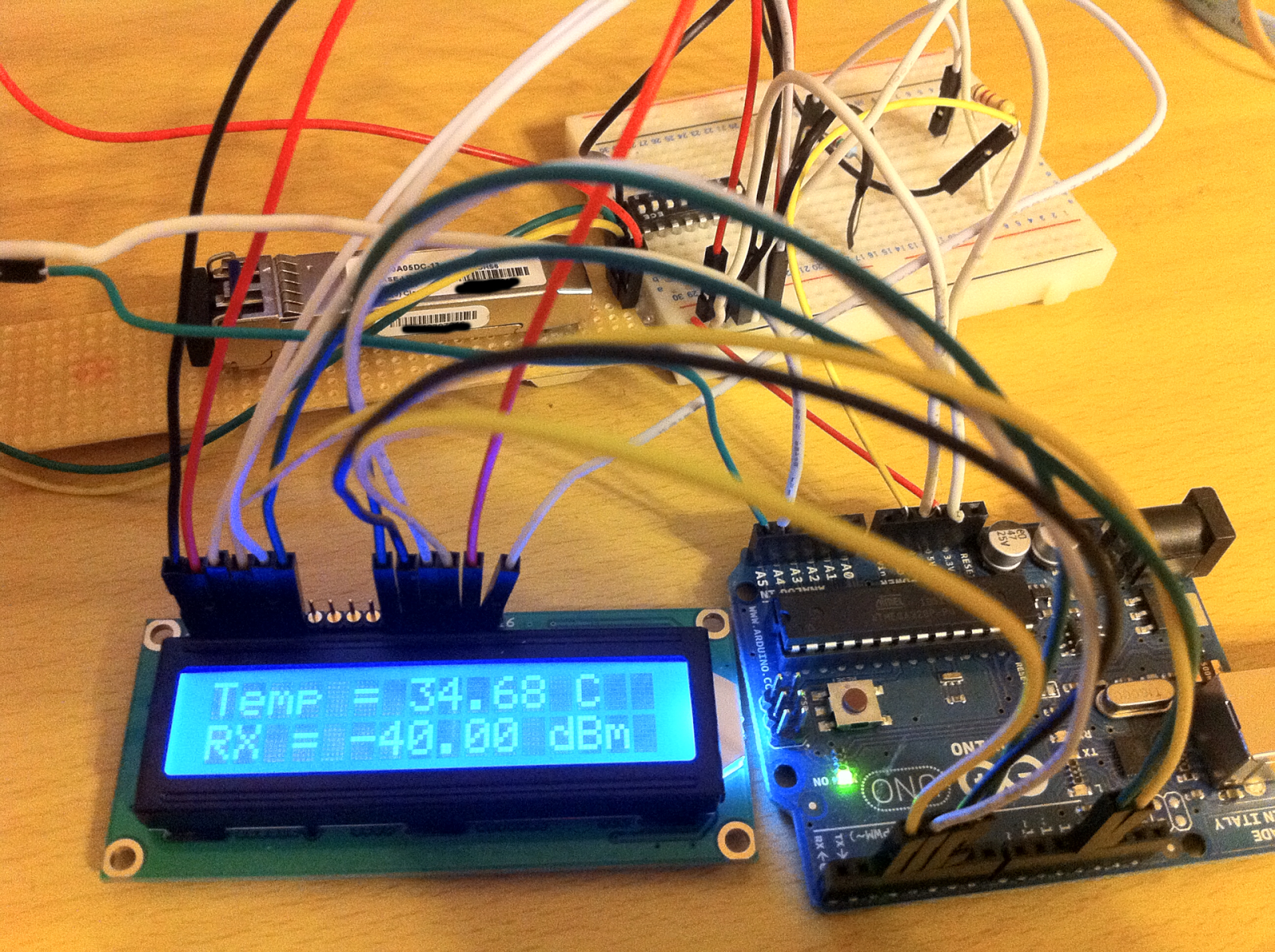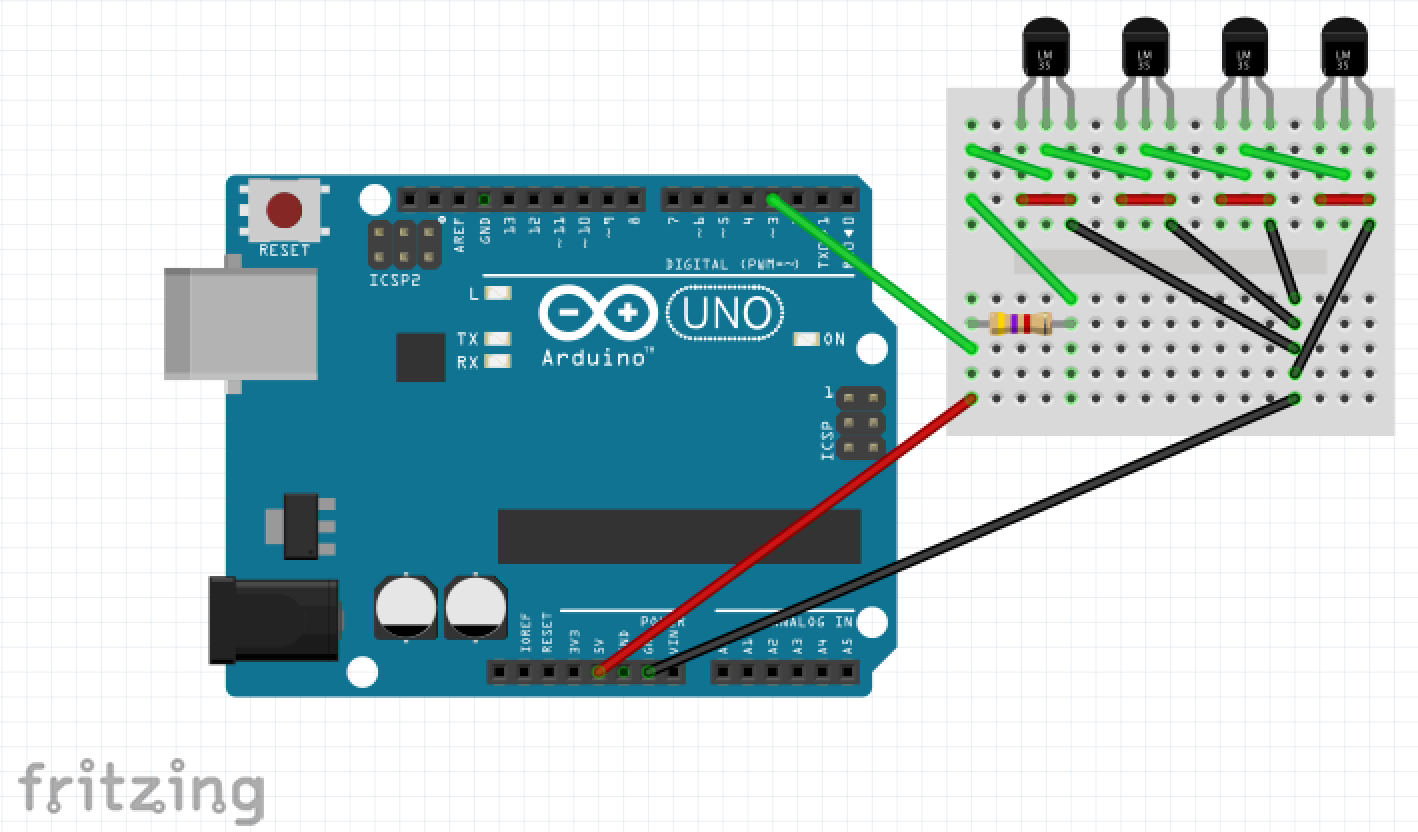


It can be found under Supplemental Software in the product documentation.Unfortunately, now that we’ve gotten entirely familiar with the Wire Library, we’re going to abandon it in favor of the I2C Library developed by Wayne Truchsess at DSSCircuits. Refer to the documentation for details on usage and syntax. Wire up the Arduino board and the add-on device properly before creating the object to avoid a connection error in MATLAB.ģ.

After installing this add-on library and the required Arduino library, type "listArduinoLibraries" in MATLAB to see if the add-on is properly installed.Ģ. On Linux®, the default path is "Arduino IDE Path/portable/sketchbook/libraries/"Īrduino IDE Path is returned by the command arduinoio.IDERoot in the MATLAB Command Windowġ.On Windows®, the default path is "Arduino IDE Path\portable\sketchbook\libraries\".On Linux®, the default path is "/home//Arduino/libraries".On Mac®, the default path is "~/Documents/Arduino/libraries/".On Windows®, the default path is "Documents\Arduino\libraries\".Move the ‘OneWire’ folder into the "libraries" folder inside your Arduino sketchbook folder: Unpackage the zip into local directory and rename the folder to ‘OneWire’.ģ. Important: Before using this add-on library in MATLAB, you need to install the OneWire Arduino library. It includes documentation and an example that demonstrates the use with a DS18B20 temperature sensor and DS2431 1024-bit EEPROM. Write(sensor, addr, 72, 1) % parasite power on Sensor = addon(a, 'PaulStoffregen/OneWire')

% Create arduino object with the add-on libraryĪ = arduino('COM38', 'Uno', 'Libraries', 'PaulStoffregen/OneWire') With the add-on, you can reset the device, read or write a single byte or multiple bytes from or to the device and also check the data integrity using either CRC8 or CRC16 algorithm. This add-on extends MATLAB Support Package for Arduino Hardware to read from and write to 1-Wire devices.


 0 kommentar(er)
0 kommentar(er)
